
What is the body mass index (BMI)?
The BMI is a ratio of weight-to-height. BMI is calculated as weight in kilograms divided by height in metres squared. BMI is also a commonly used as a method of classifying body weight and identifying people with excessive body fat.
What is the issue with BMI?
Researchers find BMI is unreliable and can lead to misdiagnosis or mistreatment. For example, the BMI does not recognize culturally diverse bodies and varied presentations of body weight including gender differences. The BMI system may underestimate or overestimate health risks in certain adults who are highly muscular, or adults who naturally have a very lean body build, young adults who have not reached full growth, and adults over 65 years of age. (Health Canada)
Now what?
At the May 2023 Dietitians of Canada Conference the opening keynote speaker addressed ‘Weight-Inclusive Care’. Their recommendation was to stop using BMI as a criterion in nutrition assessments and diagnosis. The American Medical Association (AMA) resolution published in 2023 also supports the removal of BMI as a stand alone measure in medicine. (AMA June 14, 2023) Healthcare professionals, including dietitians are rethinking the way they care for patients. Consensus is that BMI should not be used as a tool to evaluate health. Weight inclusive dietitians focus on the health issues rather than body size.
Here is the link to the media coverage featuring health care experts on BMI.
- Using BMI to assess your health can be misleading, experts warn. CBC News, July 2023, ( 2 min) https://www.cbc.ca/player/play/2242360899522
Contact us if you have questions or comments on weight inclusive care in dietetics.
 Image Source: Dietitians of Canada
Image Source: Dietitians of Canada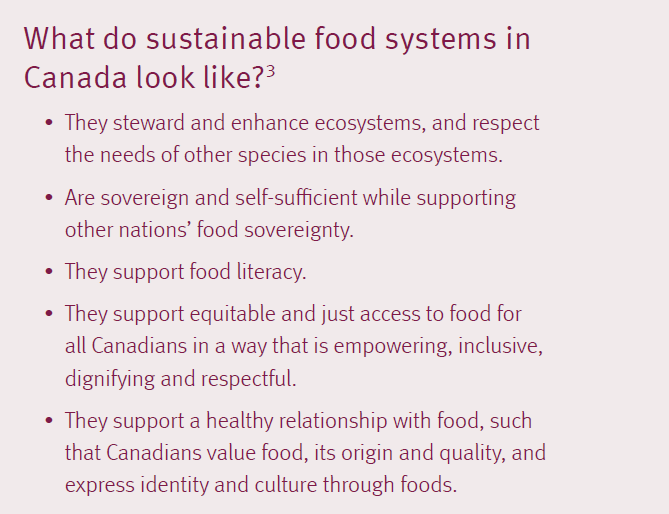
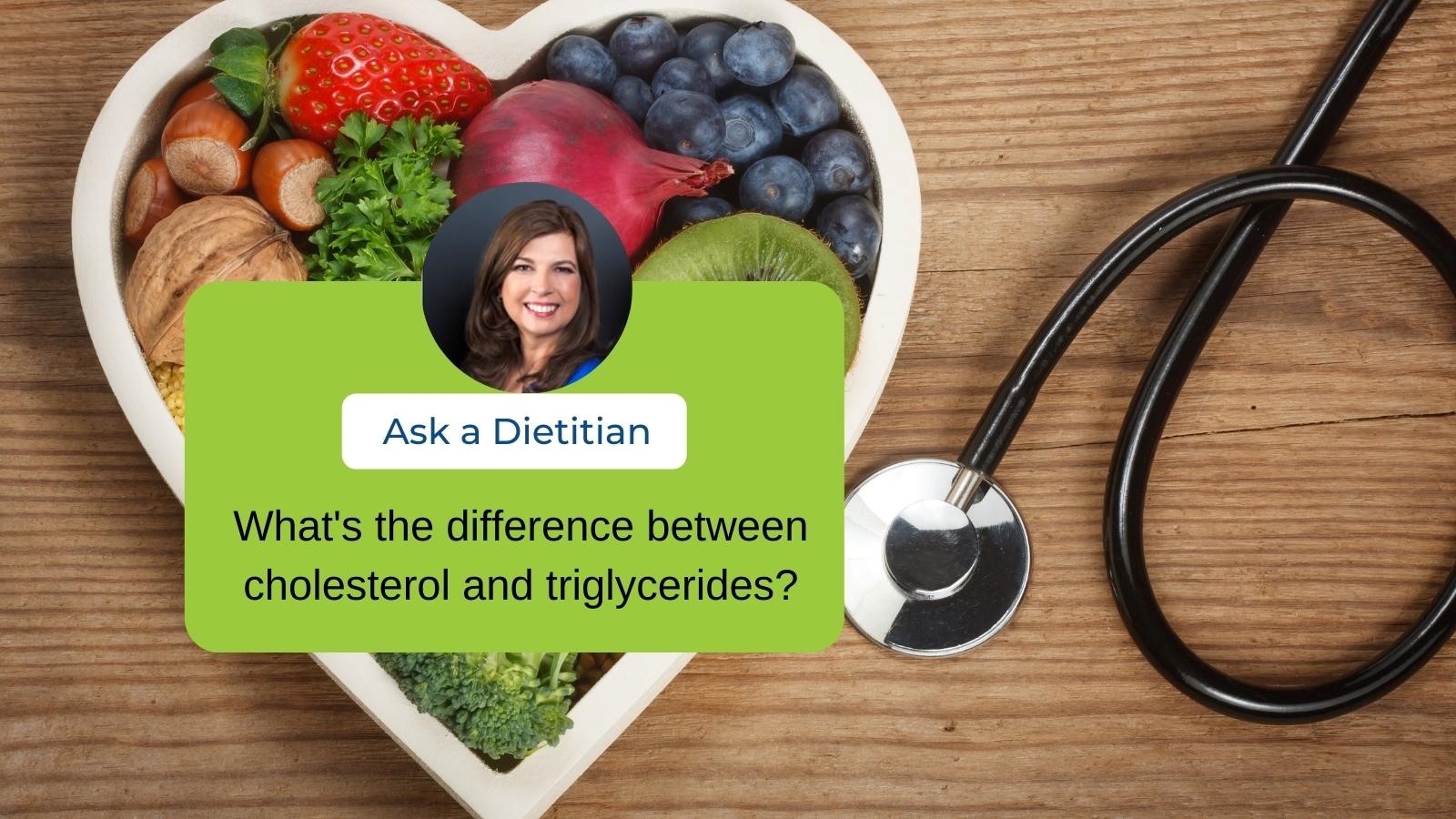
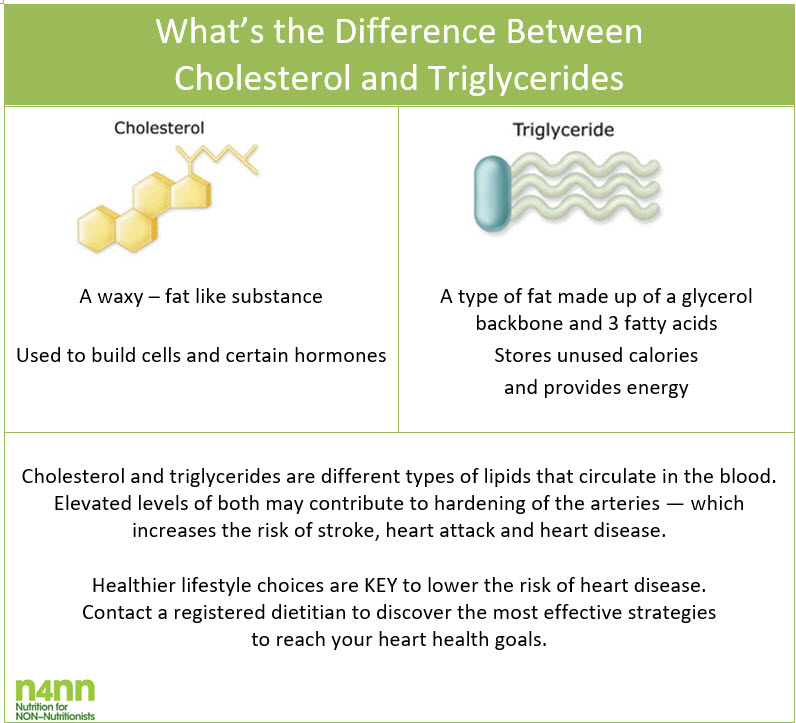
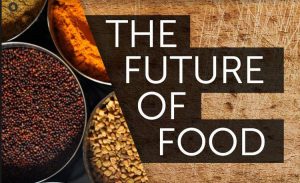




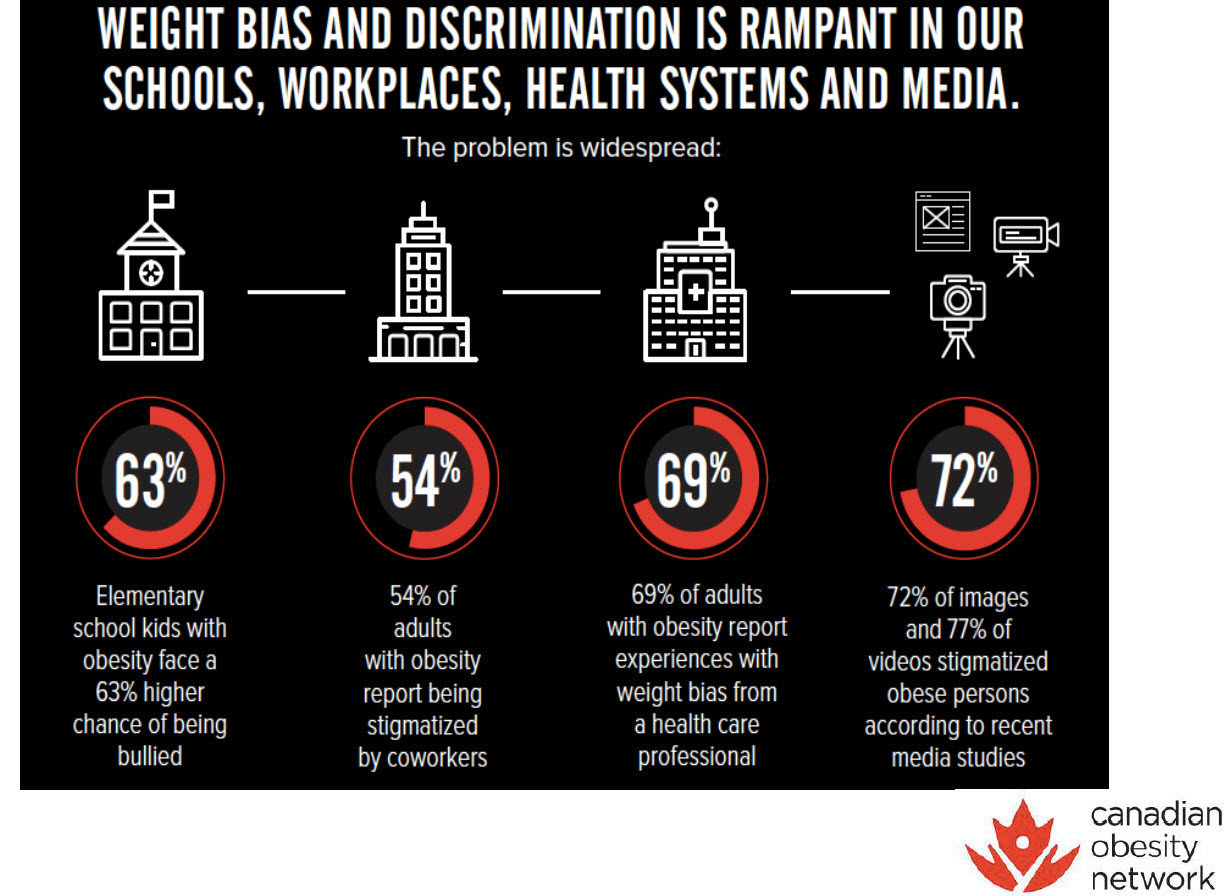
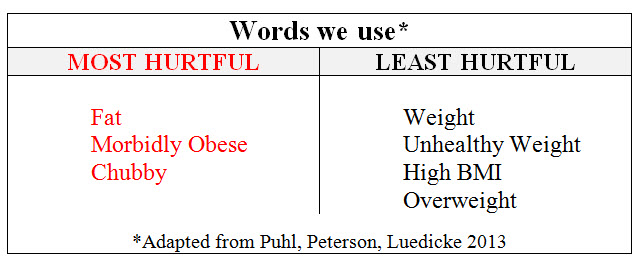
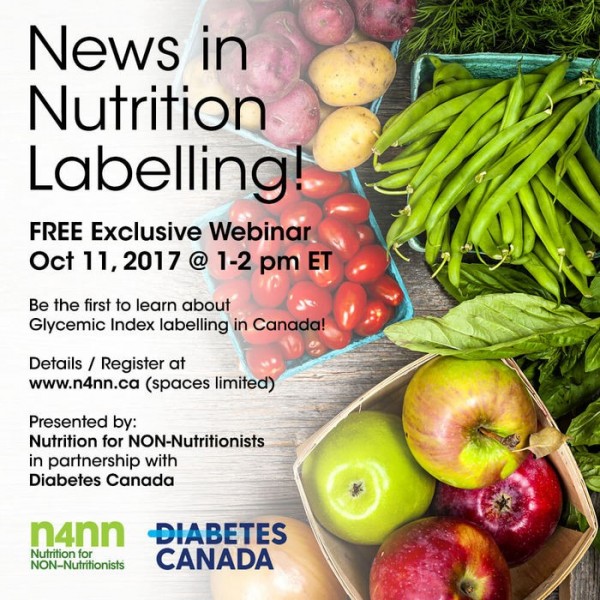

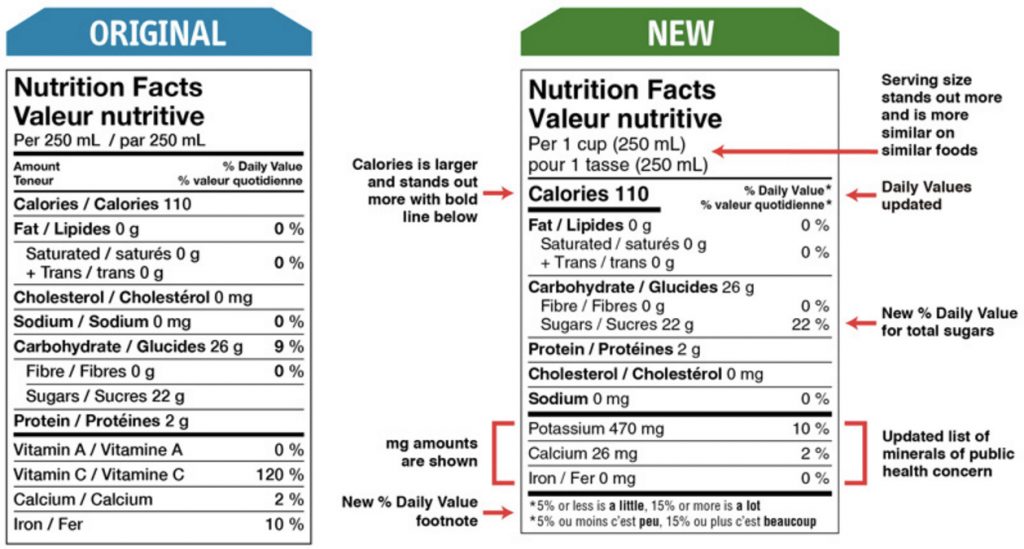
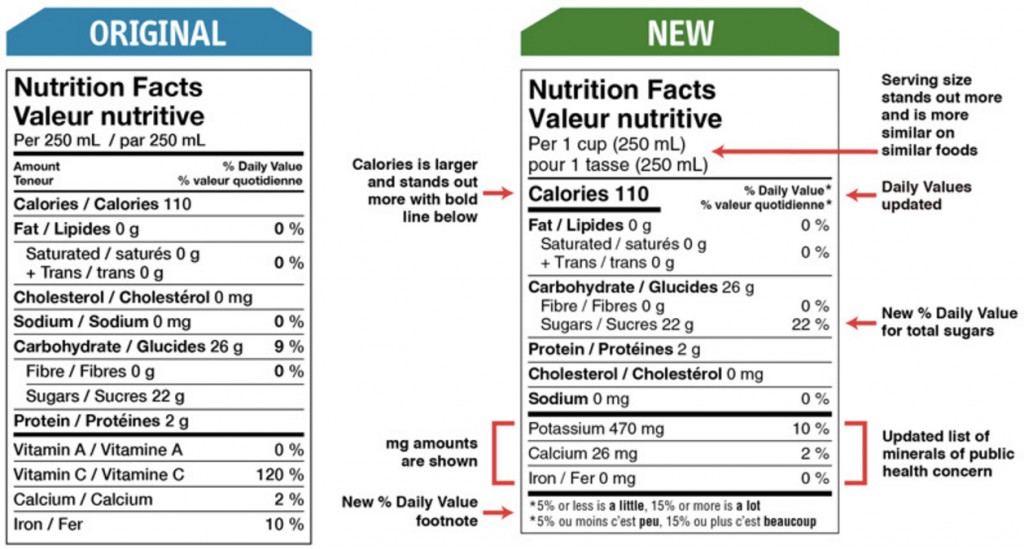
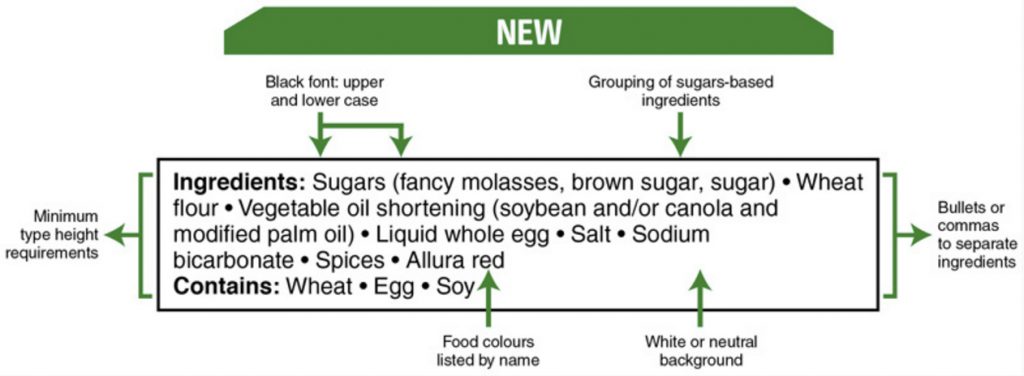

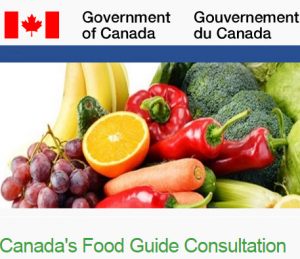 You may have heard the big announcement that Health Canada is revising the Food Guide (CFG) and
You may have heard the big announcement that Health Canada is revising the Food Guide (CFG) and 
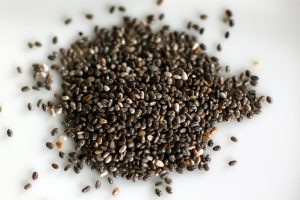
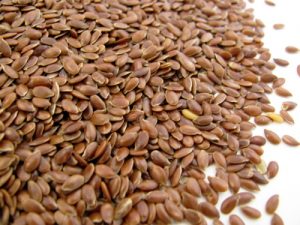
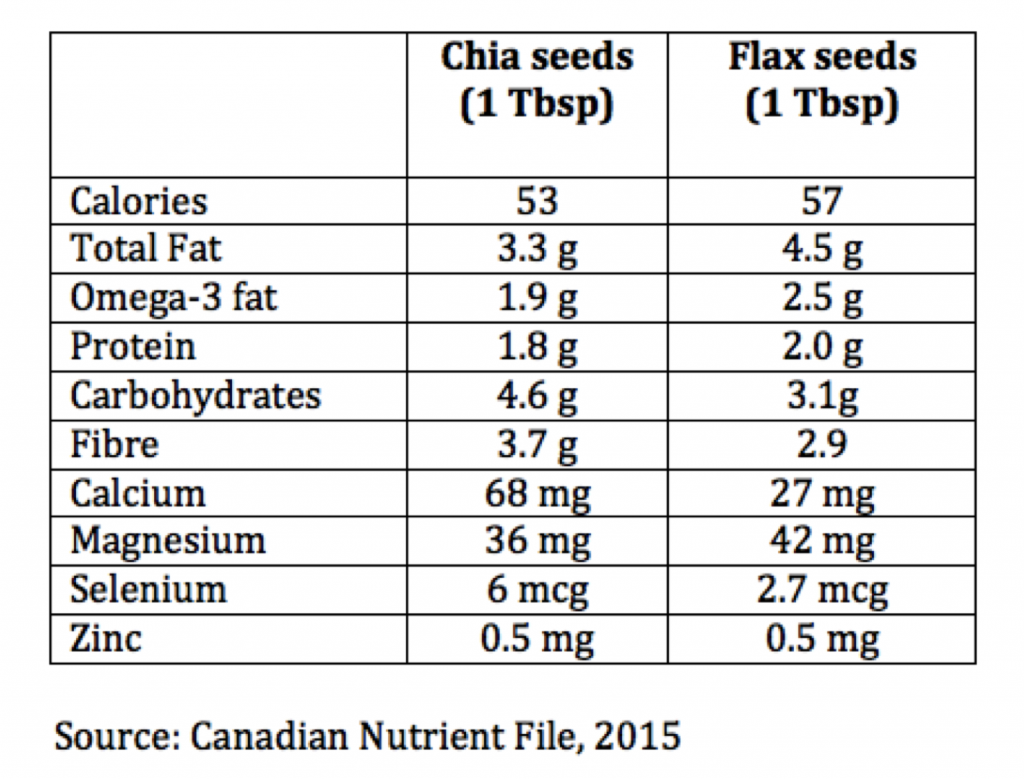

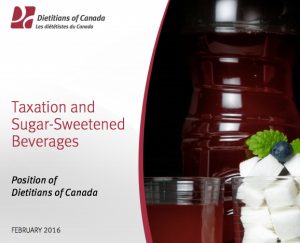
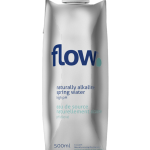 Alkaline water –naturally alkaline water with a high pH. A 500 mL serving contains: 0 calories, 0 g fat, 4 mg sodium 0 g carbohydrates, 0 g protein, 4% DV for calcium. (Top 10 Most Innovative Products for 2015.)
Alkaline water –naturally alkaline water with a high pH. A 500 mL serving contains: 0 calories, 0 g fat, 4 mg sodium 0 g carbohydrates, 0 g protein, 4% DV for calcium. (Top 10 Most Innovative Products for 2015.) Aloe water – pulp free and sourced in North America. A 450 mL serving contains: 35 calories, o g fat, 0.015 mg sodium, 9 g carbohydrates, 8 g sugars, 0 g protein. (Made with aloe vera inner leaf powder, organic cane sugar, RebA stevia extract.)
Aloe water – pulp free and sourced in North America. A 450 mL serving contains: 35 calories, o g fat, 0.015 mg sodium, 9 g carbohydrates, 8 g sugars, 0 g protein. (Made with aloe vera inner leaf powder, organic cane sugar, RebA stevia extract.) Boxed water – why, because as the package says, “Boxed water is better”. The package tells their story – 78% of the box is composed from trees. No nutrition facts information is shown on the box.
Boxed water – why, because as the package says, “Boxed water is better”. The package tells their story – 78% of the box is composed from trees. No nutrition facts information is shown on the box. Protein2O – a protein enhanced water. A 500 mL serving contains: 70 calories, 0 g fat, 120 mg sodium, 70 mg potassium, 2 g carbohydrates, 0 g sugars, 15 g whey protein. (Made with sucralose.)
Protein2O – a protein enhanced water. A 500 mL serving contains: 70 calories, 0 g fat, 120 mg sodium, 70 mg potassium, 2 g carbohydrates, 0 g sugars, 15 g whey protein. (Made with sucralose.)
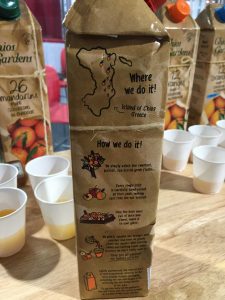
 3. Locally-grown quinoa. Who knew this gluten-free grain could be grown right here in in Ontario? Available in 2016.
3. Locally-grown quinoa. Who knew this gluten-free grain could be grown right here in in Ontario? Available in 2016. 4. Pop Fusion Popcorn. Another local innovation. Popcorn is flavoured with a seasoning blend made from all of the veggies you see in the photo!
4. Pop Fusion Popcorn. Another local innovation. Popcorn is flavoured with a seasoning blend made from all of the veggies you see in the photo! Do you have a good understanding of today’s shopper? At this year’s annual BrandSpark conference, marketing and insight leaders shared these top 7 critical shopper factors.
Do you have a good understanding of today’s shopper? At this year’s annual BrandSpark conference, marketing and insight leaders shared these top 7 critical shopper factors.